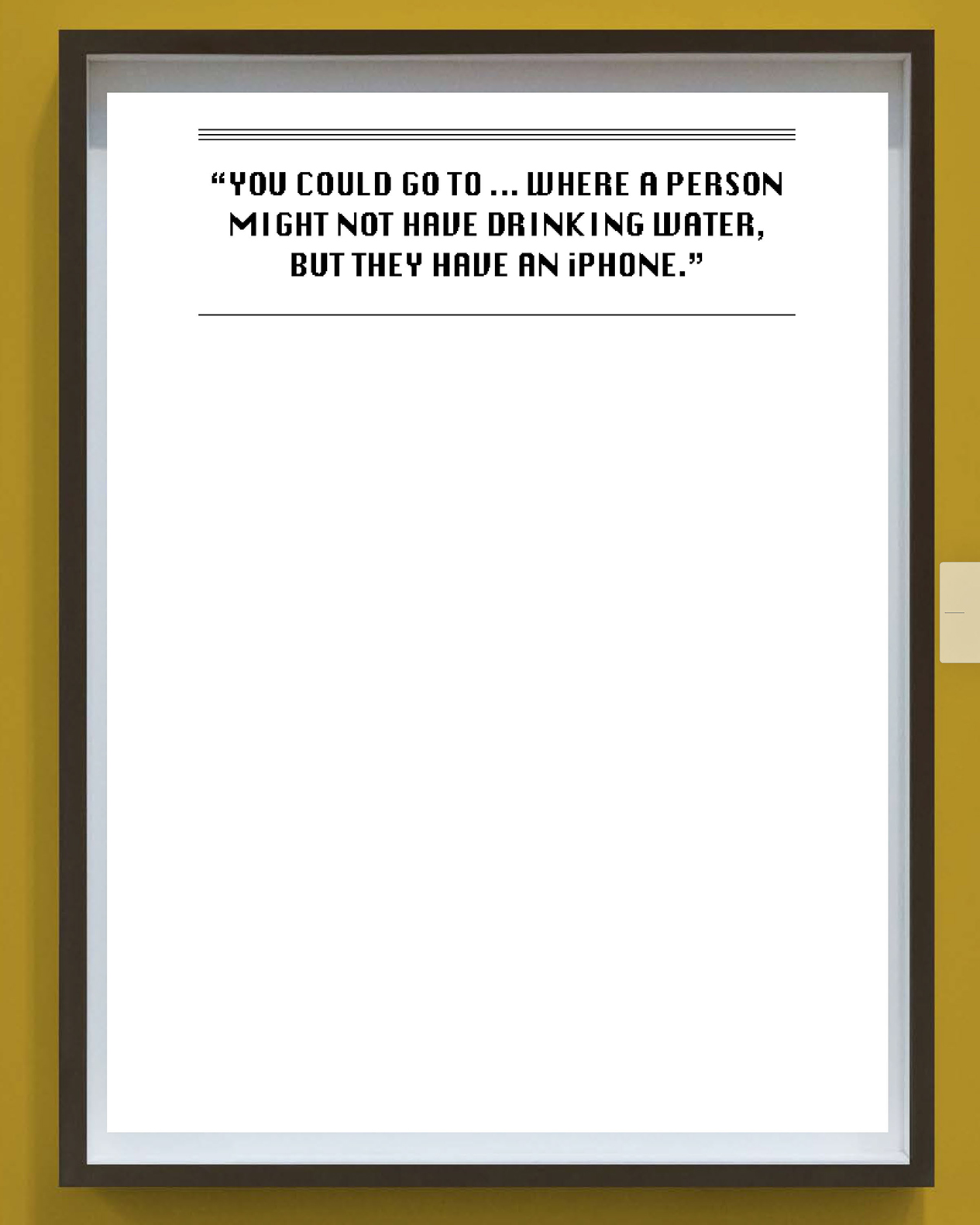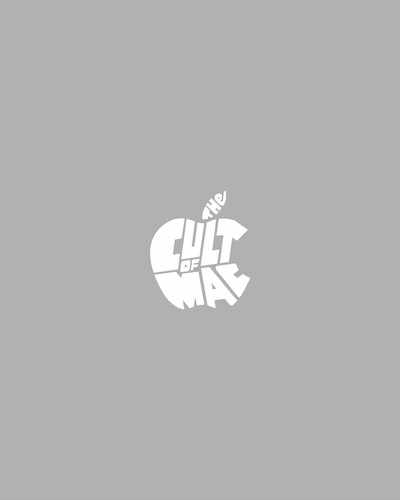
While today’s computers give consumers a choice
between Windows or macOS, the early machines each
had their own platform, a fact that Mimms finds really
interesting. Mimms bought up whole collections and got
to know the unsung pioneering engineers and program-
mers who donated or helped him acquire rare items, like
prototypes and schematics.
He didn’t just want a machine. He wanted the pro-
totypes that led up to the final production model, all the
software, peripheral devices, manuals, and anything else
that could reveal the story behind each artifact.
“The switch went off like with any collector,” Mimms
said. “It was around 20 years ago when I began to actively
fill in the holes to complete the picture of this history.”
Apple Takes Center Stage
Interestingly, as a programming buff, Mimms had never
delved into Apple computers. Using other computers
during Apple’s early days made sense for the family
business. In fact, the first Apple product he bought for
personal use was an iPod.
But Apple computers still had a big influence on his
life, even before Mimms started collecting vintage tech.
His roommate at Georgia Tech was Chuck Sommerville,
one of the best-known game developers for personal
computers.
In their very wired dorm room in 1981, Sommerville
had an Apple II on his side while Mimms had the Sol-20.
Sommerville began to create games on the Apple II and
used Mimms to test the various levels of the games.
Mimms was probably the first person to play classics
like Snake Byte and Gruds in Space.
“I actually never got on an Apple track myself,” he
said. “In looking at the early [computers], they were way
too raw for doing business things. Because of that, you
get on a track with a learning curve and what you are
used to. Back then, computers weren’t [as] disposable
as they are now. When you bought a computer, it was
good for 8 or 10 years.”
After the collecting bug bit, however, Mimms
went after Apple machines because Apple is “the most
important computer line from a cultural standpoint.”
After acquiring so much vintage tech, he doesn’t remem-
ber the first Apple gadget he placed in the collection.
However, he does recall that his first Apple I came to
him as a result of his friendship with two early Apple
engineers, the brothers Dick and Cliff Houston.
“I don’t think there has been a more high-profile
product than since maybe Coca-Cola,” Mimms said.
“You could go to sub-Sahara Africa, where a person
might not have drinking water, but they have an iPhone.
You can’t underplay the significance of a company that
has penetrated that much of the world.”
The Computer Museum of America, which included
the Apple Pop Up Museum, opened at the first Vintage
Computer Festival in 2013. As Mimms prepared to host
the festival with the Atlanta Historic Computer Association,
he met a museum curator from Sweden while her family
was on an extended stay in the United States.
She knew very little about Apple but enthusiasti-
cally agreed to assist Mimms in creating the museum.
One room included a re-creation of the garage where
founders Steve Jobs and Steve Wozniak built the first
computer and formed the company.
“That was the spark to get the physical museum
started,” he said. “I think every collector at some point
has the intent or some kind of dream of having a museum
to inspire, educate, and share the collection.”
92
93
..................Content has been hidden....................
You can't read the all page of ebook, please click here login for view all page.
